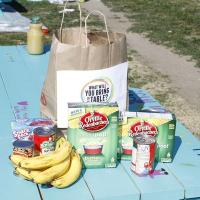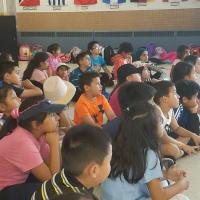Children spend time outside to play in nature and recognize the beauty of diverse living things in their environment. Their service project is to share nature with someone else in a creative interaction.
- Read more about The World Outside
- Log in or register to post comments


